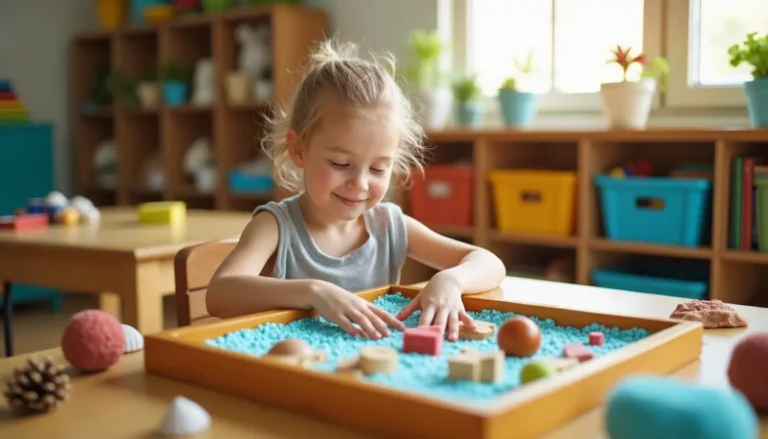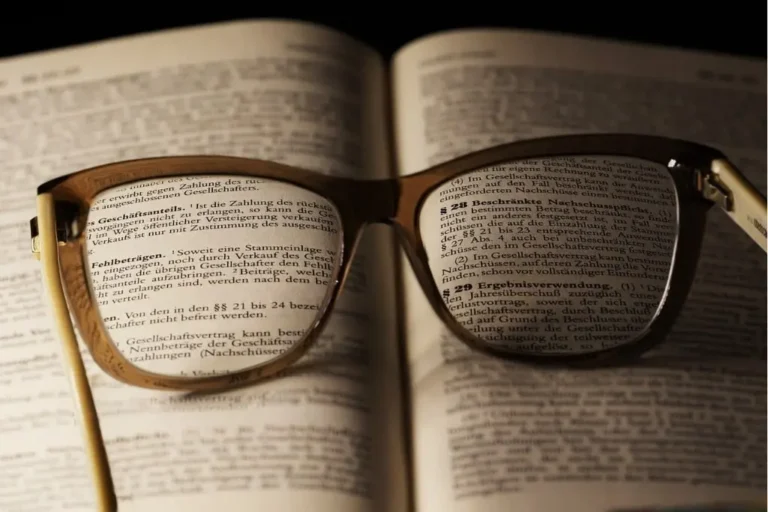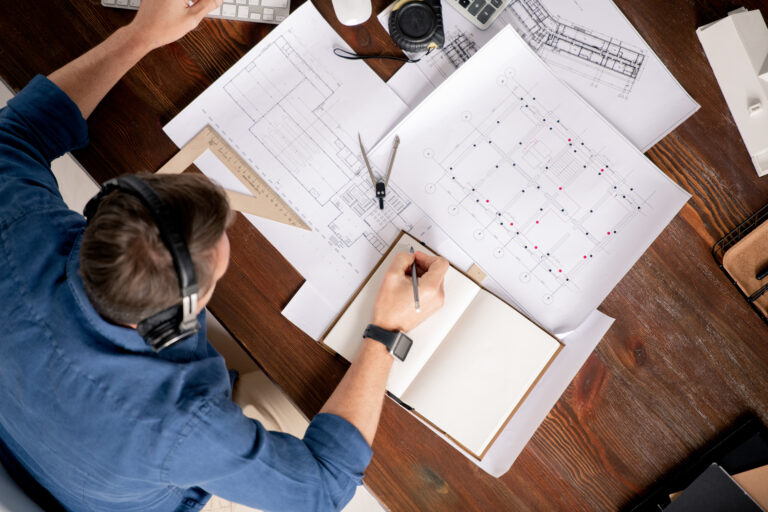Physical education (PE), an essential component of the curriculum, aims to promote lifelong activity and physical fitness. However, physical education’s objectives go well beyond the gym; they include mental development and physical training.
This article explores what is the aim of physical education, its objectives, and how it affects students’ growth.
What is physical Education?
Physical education is an educational program intended to support students’ physical fitness, skill development, and general well-being. It goes beyond simple sports participation or exercise.
Fundamentally, physical education consists of exercises designed to improve motor abilities, increase physical fitness, and teach students the value of an active lifestyle.
Physical fitness was valued for both overall health and military capability in ancient civilizations, which is where the origins of physical education may be found.
What Is the Aim of Physical Education
Some major aims of physical education are:
- Building the Foundation for Healthful Living
- Building Life-Long Skill
- Promoting Emotional and Social Development
- Promoting Lifelong Athletic Participation
- A Legacy of Life-Long Activity
- Integrating Education
1. Building the Foundations for Healthful Living
Building a solid foundation for a healthy lifestyle is physical education’s main goal. Frequent physical activity is essential for preserving good health, and physical education classes give children the skills they need to remain fit and active. Participating in several sports and physical activities allows kids to improve their strength, endurance, and flexibility.
2. Building Lifelong Skills
PE promotes the development of skills in addition to physical fitness. PE exercises are designed to improve balance, agility, and coordination—skills that are useful in daily life as well as athletics. Since these skills call for patience, concentration, and problem-solving, they assist students in performing better in other academic areas.
3. Promoting Emotional and Social Development
The promotion of social and emotional development is one of the major aims of physical education. Group activities and team sports promote leadership, cooperation, and communication. Students gain knowledge on how to deal with setbacks, rejoice in victories, and collaborate toward shared objectives. Having this social engagement is essential to developing confidence and self-worth.
4. Promoting Lifelong Athletic Participation
Students are introduced to a range of sports and activities through physical education, which may develop a passion that results in lifetime participation. PE seeks to provide something for everyone, whether it be through team sports, individual activities, or fitness treatments so that every kid can find a physical activity they enjoy and can stick with even after they graduate from school.
5. A Legacy of Lifelong Activity
To promote a lifetime commitment to physical activity is one of the most important goals of physical education. PE helps kids find passions that can lead to a lifetime of fitness and enjoyment by exposing them to a wide range of sports and movement styles. Physical education has perhaps made the most contribution to this history of active life.
6. Integrating Education
Physical education is a subject that relates to other academic areas; it is not taught in isolation. Through statistical study of sports performance, it enhances principles of mathematics and science, including anatomy and physiology. This multidisciplinary method emphasizes the connections between information and improve the educational process.
The Importance of Physical Education in Schools
A key component of the curriculum, physical education helps students grow comprehensively and establishes the foundations for a healthy lifestyle. By offering chances for stress relief, kinesthetic expression, as well as experience learning, it improves academic learning. Also, sedentary behavior, mental health disorders, and childhood obesity are all addressed by physical education.
Objectives of Physical Education
The Objectives of Physical Education are:
- Physical Well-Being
- Development of Skill
- Mental Growth
- Social Achievement
- Cognitive Development
- Social Development
1. Physical Well-Being
Improving physical health in children through exercises that improve body composition, strength, flexibility, and cardiovascular endurance is one of the main goals of physical education.
2. Development of Skills
Through a variety of sports, games, and exercises, physical education offers students the chance to improve their motor skills, coordination, balance, and agility.
3. Mental Growth
Exercise has been connected to better cognitive function, which includes greater focus, memory, and problem-solving abilities.
4. Social Advancement
Social skills including cooperation, leadership, teamwork, and communication are developed in physical education and are crucial for success on and off the field. It’s one of the important objectives of physical education
5. Cognitive Development
Engaging in physical activity has been linked to improved cognitive function, including enhanced concentration, memory, and problem-solving skills.
6. Social Development
PE fosters social skills such as teamwork, communication, leadership, and cooperation, which are essential for success both on and off the playing field.
In summary: Aim and Objectives of Physical Education
Targeting the whole development of the student is physical education. It’s about fostering an optimistic outlook on physical activity, acquiring critical life skills, and advancing general well-being. Physical education’s function in creating individuals who are healthier, happier, and more productive is becoming more and more apparent as educators and legislators continue to acknowledge its significance.
Why is physical education important?
Physical fitness, social connection, cognitive growth, and general well-being are all improved by physical education.
What are the benefits of physical education in academic life?
Academic performance is improved, behavior is improved, stress is decreased, and healthy habits are promoted through physical education.
How can schools improve their physical education programs?
Schools can spend money on skilled teachers, a wide range of extracurricular activities, inclusive policies, and suitable infrastructure.
Is physical education only about sports?
No, physical education includes a variety of non-competitive and recreational activities that are intended to encourage overall development.
What role does physical education play in combating childhood obesity?
The prevention and management of obesity depend on frequent exercise, nutrition education, and the formation of healthy behaviors, all of which are facilitated by physical education.










